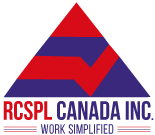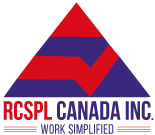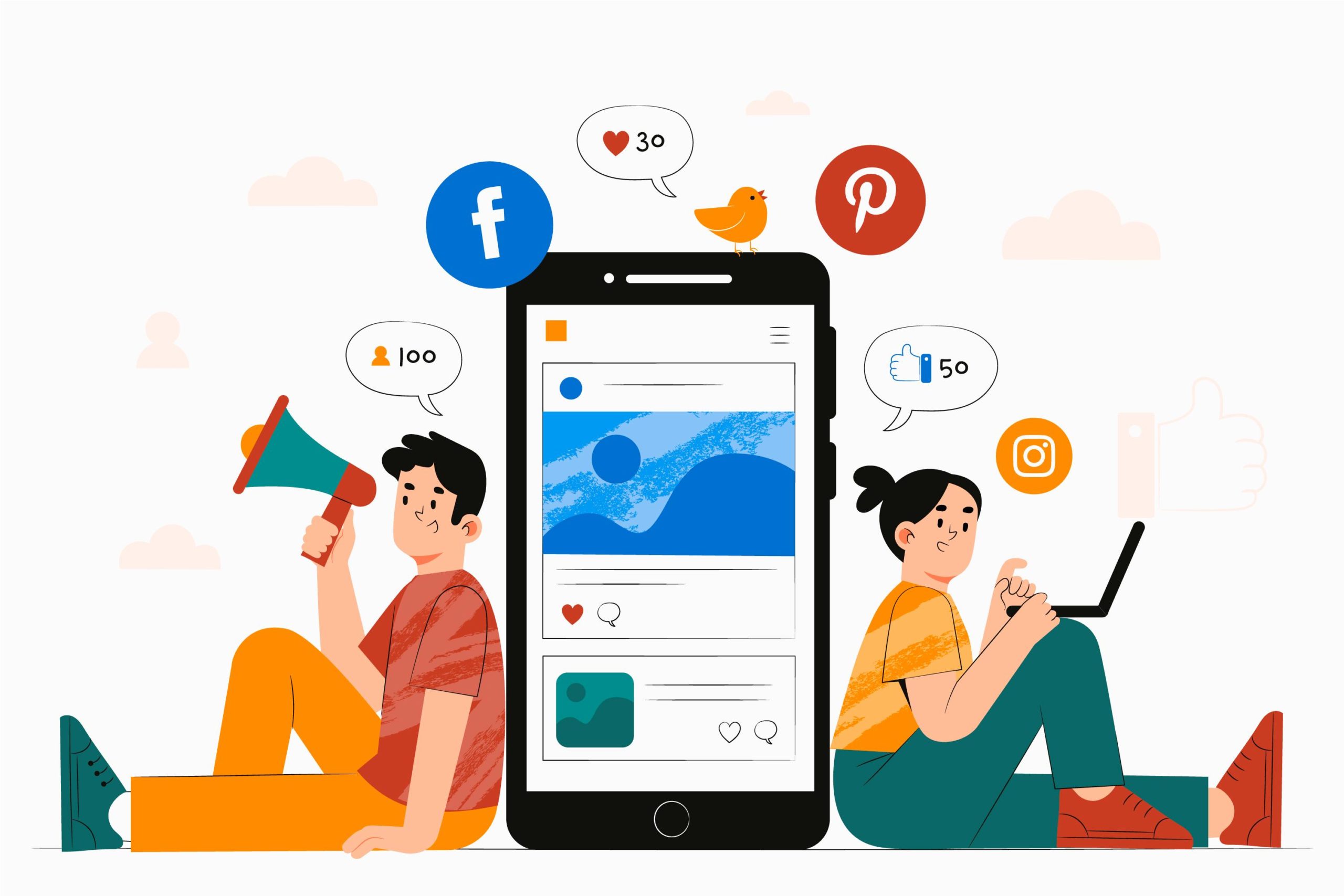Certainly! The use of social media for building brand awareness has become increasingly important, especially for local businesses. With the rise of social media usage, businesses now have the opportunity to reach a wider audience and engage with customers on a more personal level. In fact, according to Hootsuite, 54% of social media users use social media to research products, and 71% are more likely to make a purchase based on social media referrals. By implementing effective local social media strategies, businesses can not only increase their brand awareness but also drive sales and customer loyalty.
Define Your Goals

The first step in building an effective social media strategy is to define your goals. Do you want to increase your brand’s reach, generate leads, drive traffic to your website, or improve customer engagement? Once you have a clear understanding of your goals, you can tailor your social media strategy accordingly.
When defining your goals, it’s important to make them specific, measurable, achievable, relevant, and time-bound. This is commonly referred to as the SMART framework. For example, a specific goal could be to increase your social media followers by 20% in the next six months. Measuring your progress allows you to adjust your strategy as needed to ensure you’re meeting your goals. Achievable goals ensure that you’re setting realistic expectations for your business. Relevant goals ensure that you’re focusing on outcomes that matter to your business. Finally, setting a time-bound goal gives you a specific timeframe to work towards, which helps you stay motivated and focused.
Identify Your Target Audience

Identifying your target audience is a crucial step in building an effective social media strategy. To do so, you should consider factors such as age, gender, location, interests, behaviors, and values. You can use social media analytics tools to gather data on your target audience’s demographics and preferences, including their preferred social media platforms, the type of content they engage with, and the times of day they are most active.
Once you have a clear understanding of your target audience, you can tailor your social media content and messaging to appeal to them. For example, if your target audience is primarily young adults interested in health and fitness, you can create content that promotes healthy lifestyles and features active individuals. If your target audience is primarily parents with young children, you can create content that addresses their parenting challenges and provides solutions. It’s important to remember that your target audience may evolve over time, so it’s crucial to regularly monitor and adjust your social media strategy accordingly. By keeping your target audience in mind and creating content that resonates with them, you can effectively build brand awareness and connect with your ideal customers on social media.
Choose the Right Platforms

When choosing the right platforms, it’s important to consider the unique features of each platform and how they align with your business goals. Here are some additional tips to help you choose the right platforms:
With over 2.8 billion monthly active users, Facebook is the largest social media platform. It’s a great platform for local businesses looking to build brand awareness, connect with customers, and drive traffic to their website. Facebook is also a great platform for targeting specific demographics, interests, and behaviors through its advertising platform.
Instagram is a visual platform that’s ideal for businesses that have a strong visual component, such as restaurants, retail stores, and beauty salons. Instagram is particularly popular with millennials and Gen Z, making it a great platform for businesses targeting younger demographics. Instagram also has a range of features, including Stories, Reels, and IGTV, that businesses can use to engage with their audience.
Twitter is a fast-paced platform that’s ideal for businesses looking to engage with customers in real-time. It’s a great platform for sharing news, updates, and promotions. Twitter is particularly popular with journalists, influencers, and professionals, making it a great platform for businesses targeting those audiences.
LinkedIn is a professional networking platform that’s ideal for businesses targeting professionals and B2B audiences. It’s a great platform for sharing industry news, thought leadership content, and job postings. LinkedIn also has a range of advertising options that businesses can use to target specific industries, job titles, and company sizes.
TikTok
TikTok is a relatively new platform that’s particularly popular with younger audiences. It’s a video-based platform that’s ideal for businesses that have a strong visual component and are looking to reach a younger demographic. TikTok also has a range of features, including challenges and duets, that businesses can use to engage with their audience.
Create a Content Strategy

Creating a content strategy is crucial for building brand awareness on social media. It helps ensure that your content is aligned with your business goals and resonates with your target audience. By planning and scheduling your content in advance, you can also ensure that your social media accounts remain active and consistent.
Your content strategy should include a mix of different types of content to keep your audience engaged. This can include educational or informative blog posts, behind-the-scenes photos or videos, user-generated content, and promotions or discounts. You should also consider the frequency of your posts and the best times to post to maximize engagement. Another important aspect of your content strategy is to monitor and respond to social media trends and current events. This can help you stay relevant and timely in your content, and can also help you capitalize on trending topics to increase visibility and engagement.
Optimize Your Social Media Profiles

Your social media profiles are the face of your business on social media. You should ensure that they accurately represent your brand and include all the necessary information. This includes your business name, logo, location, hours of operation, contact information, and website. You should also optimize your profiles for search engines by including relevant keywords in your profile descriptions.Here are some additional steps you can take to optimize your profiles:
Use high-quality visuals
Your profile picture and cover photo should be high-quality images that accurately represent your brand. Use consistent visuals across all your social media platforms to create a cohesive brand identity.
Craft a compelling bio
Your profile description should be concise and informative. It should clearly communicate what your business does and what value you offer to your customers. Use keywords in your bio to improve your profile’s visibility in search engines.
Include a call-to-action
You can include a call-to-action in your profile description to encourage users to take a specific action, such as visiting your website or making a purchase. This can help drive more traffic and conversions.
Pin important posts
Most social media platforms allow you to pin a post to the top of your profile. You can use this feature to highlight important announcements, promotions, or content that you want to ensure your audience sees first.
Monitor and respond to reviews
Reviews and ratings are an important part of social proof. You should monitor and respond to reviews on social media platforms to show your customers that you value their feedback and are committed to providing excellent service.
Use Hashtags

Hashtags are a great way to increase the visibility of your social media content. They allow users to find your content when searching for specific topics or keywords. You should use relevant and popular hashtags in your posts to reach a wider audience. You can also create your own branded hashtags to promote your business and encourage user-generated content.
Here are some additional tips for using hashtags effectively to build brand awareness on social media:
Use Relevant and Popular Hashtags
Use hashtags that are relevant to your brand and the content you are posting. Research popular hashtags in your industry and use them to increase the visibility of your content.
Create Branded Hashtags
In addition to using popular hashtags, you can create your own branded hashtags. This helps to promote your business and encourage user-generated content. Make sure to include your branded hashtags in your social media profiles and encourage your followers to use them.
Keep Hashtags Simple
Use simple and easy-to-remember hashtags. Avoid using long or complicated hashtags that are difficult to spell or remember.
Don’t Overdo It
Use hashtags sparingly. Too many hashtags can be overwhelming and make your content appear spammy. Stick to using a few relevant hashtags per post.
Be Consistent
Use the same hashtags across all your social media platforms to help build brand recognition and increase the visibility of your content.
Engage with Your Audience

Social media is a two-way conversation. You should actively engage with your audience by responding to comments, messages, and reviews. This shows your customers that you value their feedback and care about their experience. You can also use social media to run contests, promotions, and surveys to encourage engagement.
Here are some additional tips to help you engage effectively with your audience:
Respond promptly
When customers leave comments, send messages, or write reviews on your social media pages, respond promptly. This shows that you value their feedback and are committed to providing excellent customer service.
Personalize your responses
Avoid using generic responses or templates. Personalize your responses to each customer and show them that you are genuinely interested in helping them.
Address negative feedback
Negative feedback is inevitable, and how you respond to it can make all the difference. Acknowledge the customer’s concerns and offer a solution. This shows that you are proactive in addressing customer issues and can help turn a negative experience into a positive one.
Ask for feedback
Use social media to ask your customers for feedback on your products or services. This shows that you value their opinions and are committed to improving your offerings.
Share user-generated content
User-generated content, such as customer reviews, photos, or videos, is a powerful way to build brand awareness. Share user-generated content on your social media pages to showcase your customers and show them that you appreciate their support.
Run social media contests
Social media contests are a great way to increase engagement and build brand awareness. You can offer prizes, discounts, or exclusive access to your products or services to encourage participation.
Collaborate with Local Influencers

Collaborating with local influencers is a powerful way to build brand awareness, especially for local businesses. Local influencers are individuals with a large following on social media who are known in the community and have established relationships with their followers. Partnering with local influencers can help you reach a targeted audience and increase your credibility within the community.
To find local influencers, you can start by searching for relevant hashtags or keywords on social media platforms. You can also use influencer marketing platforms like Hype Auditor or Influence.co to find influencers in your industry or niche. When selecting influencers to collaborate with, consider factors such as their audience demographics, engagement rate, and authenticity.
There are several ways to collaborate with local influencers, including sponsored posts, reviews, or giveaways. You can provide influencers with your products or services and ask them to promote them on their social media channels. Alternatively, you can host an event or offer a discount or giveaway for their followers.
Use Paid Advertising

Paid advertising on social media can be a powerful tool to increase your reach and drive more traffic to your website. With social media advertising platforms like Facebook Ads and Instagram Ads, you can target your ads to specific audiences based on demographics, interests, and behaviors. This means that you can reach the people who are most likely to be interested in your business and convert them into customers.
There are several types of social media ads you can use to build brand awareness, such as:
Sponsored Posts
These are regular posts that you pay to promote to a wider audience. They appear in the news feeds of your target audience, giving you increased visibility and engagement.
Display Ads
These are visual ads that appear on the side or in-between content on social media platforms. They can be images or videos and are highly effective at grabbing attention.
Video Ads
These are ads that appear before or during videos on social media platforms. They can be used to showcase your products or services and generate interest in your business.
Influencer Marketing
As mentioned earlier, collaborating with local influencers can help you build brand awareness. You can pay influencers to promote your business through their social media channels, giving you access to their engaged audience.
When creating social media ads, it’s important to have a clear objective and a strong call-to-action. Your ad should be visually appealing, relevant to your target audience, and provide value. By targeting the right audience with the right message, you can effectively build brand awareness and generate leads for your business.
Analyze Your Results

Analyzing your social media results is a crucial step in building brand awareness. By regularly reviewing your performance, you can identify what’s working and what’s not and make adjustments to your strategy accordingly. Here are some additional details to consider when analyzing your results:
Engagement rate
This metric measures the level of interaction that users have with your social media content. A high engagement rate means that users are actively liking, commenting, and sharing your content, which can help increase your brand’s visibility.
Reach
This metric measures the number of unique users who see your social media content. A higher reach means that your content is being seen by more people, which can help increase your brand’s exposure.
Impressions
This metric measures the total number of times your content has been viewed. Impressions can help you determine how frequently your content is being seen by your target audience.
Conversion rate
This metric measures the number of users who take a desired action, such as visiting your website, making a purchase, or signing up for your newsletter. A high conversion rate means that your social media content is effectively driving user behavior.
By tracking these metrics and analyzing your results, you can identify areas where your social media strategy is succeeding and areas where it could be improved. You can also gain insights into your audience’s behavior and preferences, which can help you refine your strategy and create more effective social media content.


